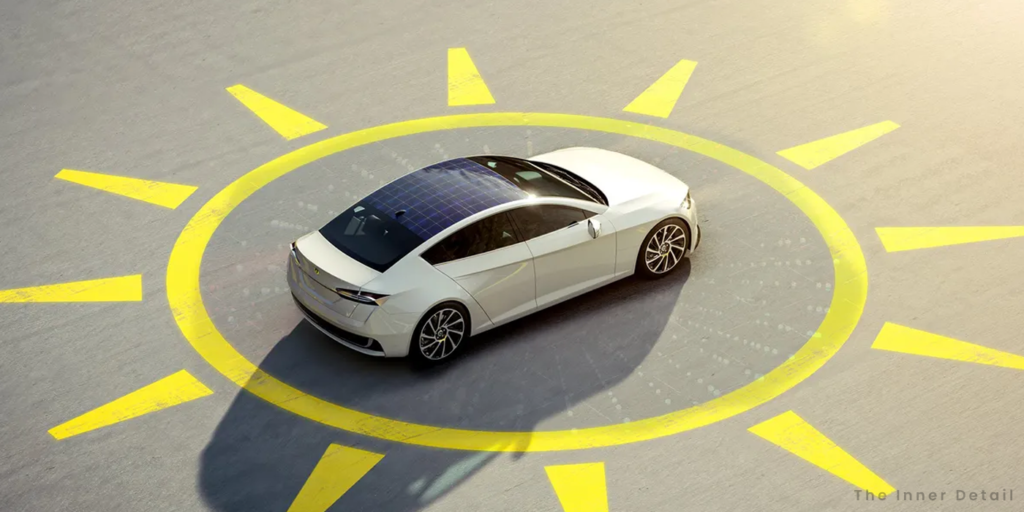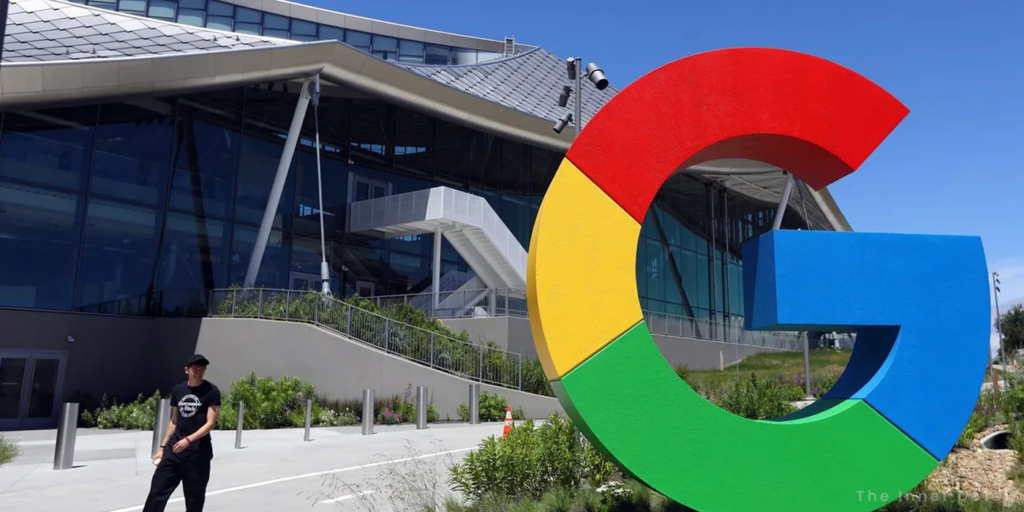Researchers from India have developed an AI-powered solar panel that can make direct current (DC) electric motors much effective than ever before.
AI is literally everywhere now. Be it your workplace, or smartphone or automobiles, artificial intelligence technology is deployed at every sector that needs development. Now it’s been deployed in the power-generation field, where the tech is exploited to arrive into ways of maximizing the efficacy of producing power.
Team of researchers at Odisha University of Technology and Research in India have created a model for a DC electric motor powered by a photovoltaic array, where AI is used to optimize the solar array’s output and assist operate the motor at 88% efficiency. The ultimate target of this model is EV cars, to power it by solar, not the grid.
AI-Powered Solar Panels
Nominal DC electric motors can achieve efficiencies of 75 to 80 percent. And when it comes to solar, the production is vacillating as the solar cells directly depend on sunlight’s radiation for generating energy. There’s something called “maximum-power point” for solar cells, which is the maximum electrical power the cells can deliver for a given amount of irradiation.
This point fluctuates with both temperature and sunlight. The way to at least achieve close to maximum power point is by changing the resistance of the solar cells, which changes the amount of power that’s extracted.
The role of AI plays a vital role here. The team has deployed the AI algorithm, which optimizes the power output from solar array. Bismit Mohanty, the lead author of the study, and his colleagues developed a MATLAB/Simulink model and trained a neural network to calculate the solar cell resistance that would yield the maximum output, based on thousands of daily temperature and irradiance measurements.
The technique exploits AI for tracking the maximum-power point of solar cells. As the model is trained using a neural network, it predicts the complex criteria of inputting the exact cell resistance for maximizing output.
Energy from Regenerative Braking system
AI model also governs the motor’s regenerative braking system and a battery that can be charged from both solar array and the braking system. “According to the model, when it’s sunny, the solar array generates enough power to operate the motor, storing excess energy in the battery. When it’s overcast, the motor runs off the battery. The motor’s regenerative braking system charges the battery whenever the brakes are applied, turning kinetic energy into electrical energy,” writes IEEE spectrum.
The team currently created only a virtual computer model so far and building a working model that can be applied practically could be a future step. This AI-powered power-generating model could be used in an industrial setting, in household appliances such as refrigerators and fans. Mohanty hopes that this AI model could be equipped in future EV cars, which will make them to run for free, without the need to connect to the grid for charging, likely as what Lightyear is doing now.
Lightyear, a Dutch-based automobile manufacturer, has announced their Lightyear 0 car, which can charge while driving itself, thanks to its solar-panels affixed all over its body from the bonnet to hood. The firm has started accepting pre-orders for Lightyear 0 which costs $263,000 or ₹2.16 Crores.
Future might enhance the way we perceive and use cars as of now, by making it automatically chargeable using renewables and we may not have to charge it separately, eliminating range-anxiety and fuel-costs.
(For more such interesting informational, technology and innovation stuffs, keep reading The Inner Detail).
Kindly add ‘The Inner Detail’ to your Google News Feed by following us!






